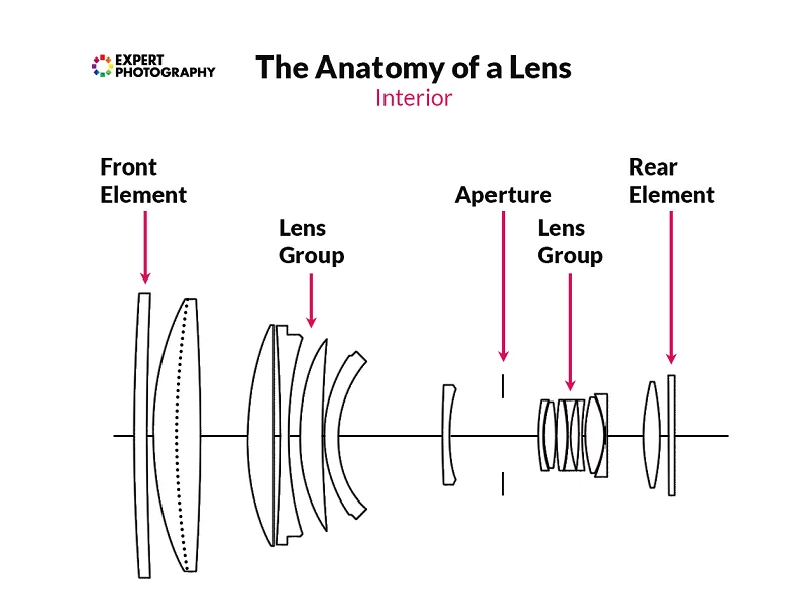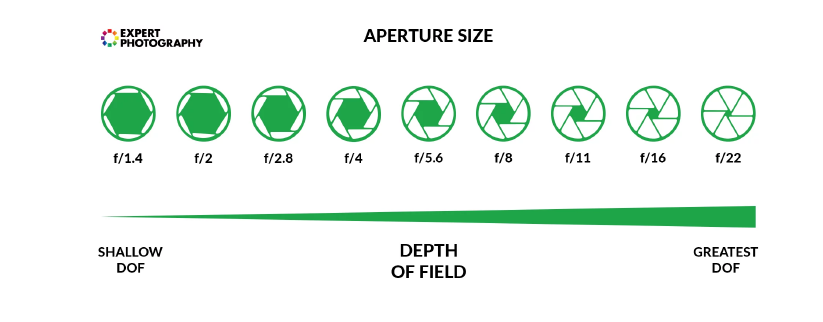Photography: Mid term complete guide.
Photography
Photography is the process of capturing light through light-sensitive digital sensors of
photography film.
It can be considered art and science
It requires a technical process to capture the light and process it to make it visual to our eyes.
And because the beauty or the essence of Photography is always subjective.
Human Eye and Photography
We see the world around us through our eyes and we capture and preserve this world using the Camera.
Both of these devices, one natural and one artificial perform similar functions to capture images.
Eyes and Cameras have a lot in common, both devices work on the same principle of capturing the light falling on any object, and recording that image in a way that we can process it and see.
Comparison
Human eyes register the inverted images on the retina while the camera does it on digital sensors of film.
The human eye captures 3D images, while a camera captures 2D images.
Both the human eye and the Camera adjust the quantity of light entering inside to make things visible to us.
The human eye automatically adjusts the iris while in the camera we can manually adjust the aperture, shutter speed and ISO to control the light.
In the camera to capture the various situations different lenses are required to obtain sharp images.
However; this is one of the most amazing features of the human eye, that it can adjust so quickly when focusing on objects at different distances. This process of adjustment is known as accommodation.
The highest resolution of a camera is around 100 megapixels, Whereas the human eyes are estimated to have 576 megapixels resolution.
Camera & its Types
A camera in photography is a device for recording an image of an object on a light-sensitive surface. Most cameras can be grouped into four main types Digital SLR (DSLR), point-and-shoot, bridge cameras and camera phones.
Twin-lens reflex camera (TLR)
TLR is a type of camera with two objective lenses of the same focal length.
One of the lenses is the photographic objective or taking lens while the other is used for the viewfinder system, which is usually viewed from above to waist level
Single-lens reflex camera (SLR)
A single-lens reflex is a camera that typically uses a mirror and prism system that permits the photographer to view through the lens and see exactly what will be captured.
How camera work?
With a digital camera, the light entering through the lens strikes on image sensor.
The signal output by the image sensor is processed within the camera to create image data, which is stored on the memory card.
The image can be simultaneously viewed on the picture display.
Role of Light
Light travels in a straight path. It gets reflected and absorbed
For our eyes and cameras light is wave.
The core concept of cameras
The two main parts of modern cameras are lens and light detector
The camera lens collects light and projects it onto a light detector surface- film or digital sensor
Lenses and their types
The lens is the first part of the camera
It is the technical device used to capture light in the camera.
Through the lens, we direct and control the amount of light entering the camera.
Different types of lenses are chosen wisely, keeping in mind the type of subject
and the lighting conditions available.
Types of Lenses
There are two basic categories of camera lenses
Prime lenses: Primes have fixed lenses and focal lengths making them faster and sharper.
Zoom lenses: Zoom uses a series of lenses to allow different focal lengths from a single lens, making them more flexible but not as fast.
They contain more glass so are bigger and heavier.
Optical Structure
The camera lens is made up of numerous single lenses and lens groups.
Standard formulas: 50mm f/1.8 or f/1.4

Focal Length
Focal length defines the amount of zoom
A lower focal length gives a wider angle of view
A higher- “longer” – focal length gives a narrower crop of the scene.
The focal length is the distance between the point of convergence of the lens and
the sensor or film.
Zoom lenses change their point back and forth. Prime lenses have their fixed, and the elements only move for focusing.
Aperture
The diameter of the lens determines the maximum amount of light that can pass.
In most lenses, there is an iris. The iris is used to narrow down the diameter. It works like the pupil in your eyes
The aperture value is given in the form of F stops.

Focus
A camera lens sees the world in focal planes. These planes are parallel to the front element of the camera lens and the sensor
Depth of field
Controlling the amount of the photo that is in focus is one of the best tools to draw the viewer’s eye where the photographer wants.
For example, landscapes are typically shot so that everything is in focus, so photographers will shoot at small apertures (e.g. f11 or f16). Whereas portrait shots are typically photographed with bigger apertures to obtain a shallow depth of field.
Shutter speed
The shutter is the mechanism that lets the light onto the film or sensor for a set amount of time.
Electronic shutters are a product of the digital camera era. They are used for quick, continuous image readout.
ISO
ISO is known as artificial light that gets added to your photo that might need some extra light to be a good photo
The default of ISO is 100
ISO decreases the quality of the photo
Viewfinder
Viewfinder helps you preview to picture before it is captured
Shutter
The shutter is the mechanism that lets the light onto the film or sensor for a set amount of time (the shutter speed)
Sensor
Digital sensors are composed of pixels. Pixels are tiny solar cells that convert light into electricity
Metering
Metering is how your camera determines what the correct shutter speed and aperture should be, depending on the amount of light that goes into the camera and the ISO
Old cameras were not equipped with a light “meter” which is a sensor that measures the amount and intensity of light
Every DSLR has an integrated light meter that automatically measures the reflected light and determines the optimal exposure.
Meter reading
If you point your camera at a very bright area, the bars will go to “+” side, indicating that there is too much light for the current exposure settings.
If you point your camera at a very dark area, the bars will go to the “-” side, indicating that there is not enough light.
You would then need to increase or decrease your shutter speed to get to “0”, which is the optimal exposure, according to your camera meter.
Caption writing
A caption is a text that appears on an image.
Most captions draw attention to something in the image that is not obvious, such as its relevance to the text. A caption may be a few words or several sentences.